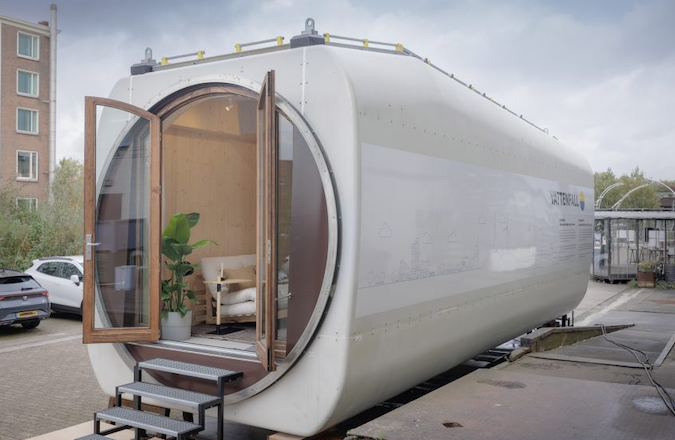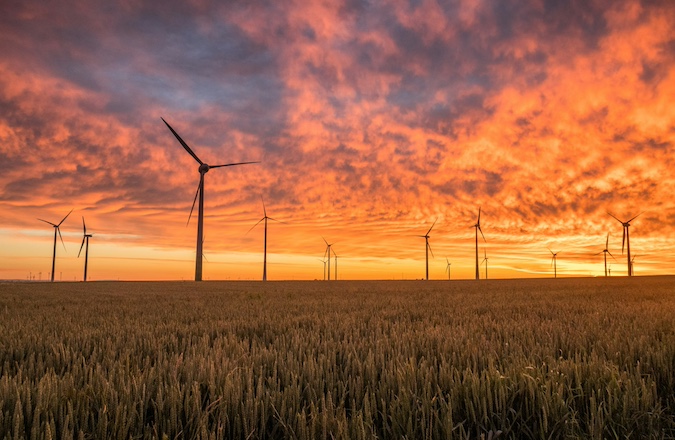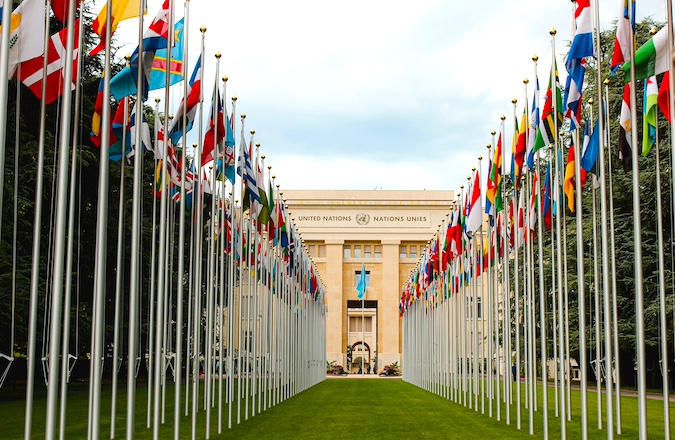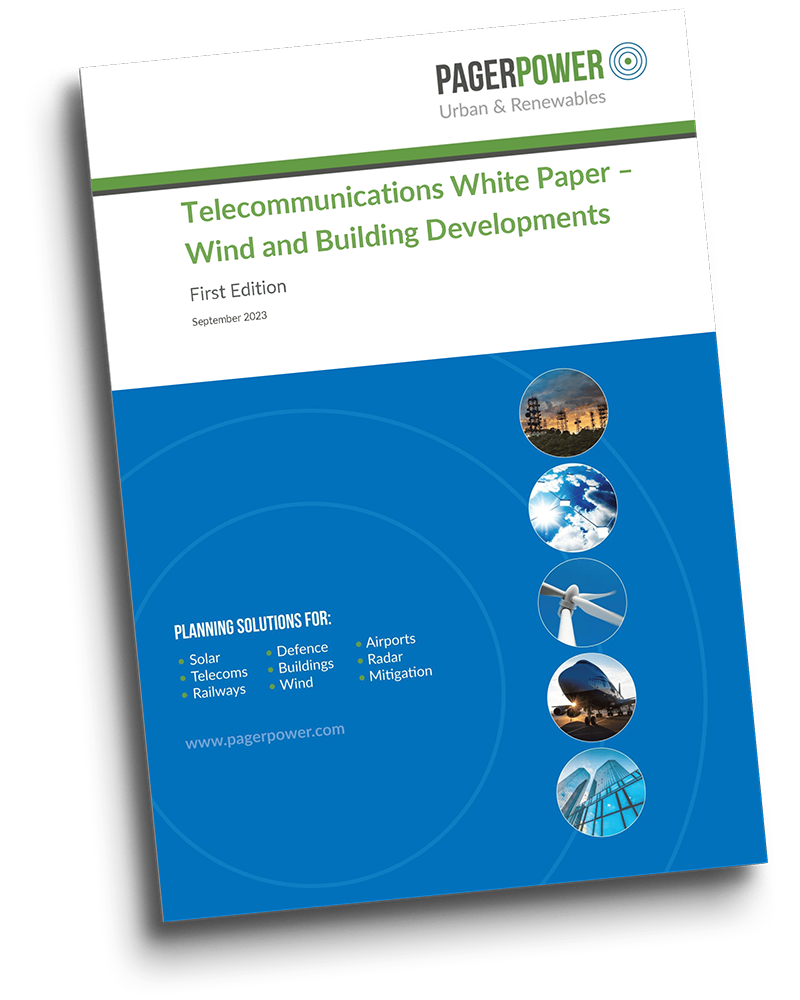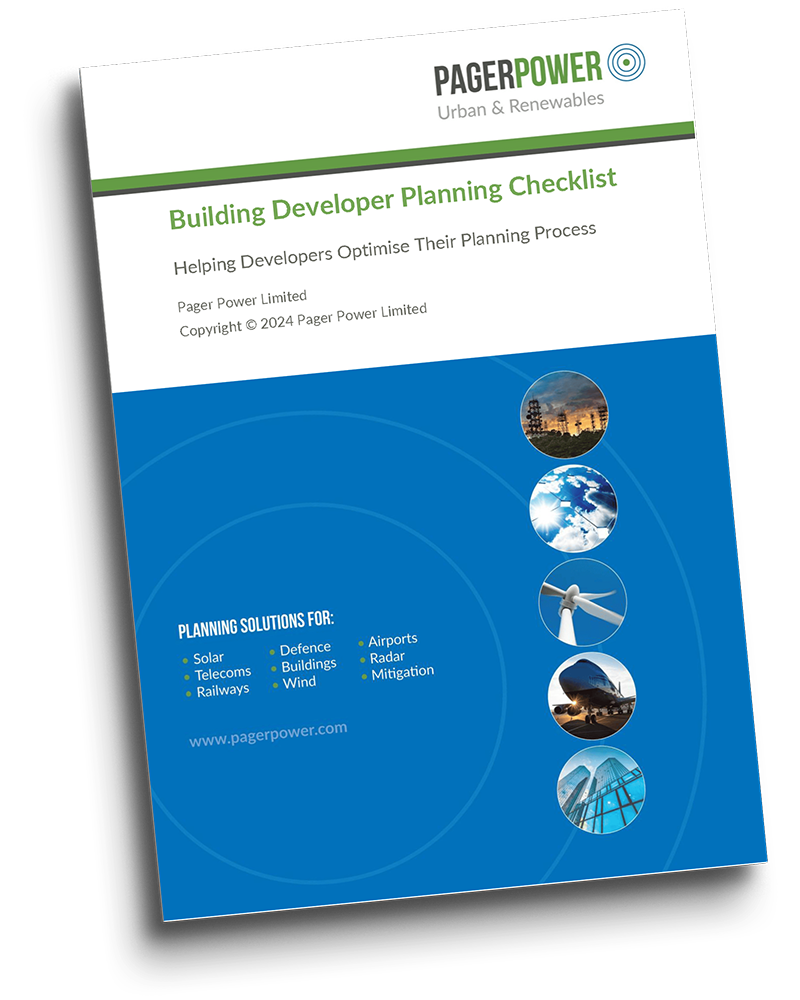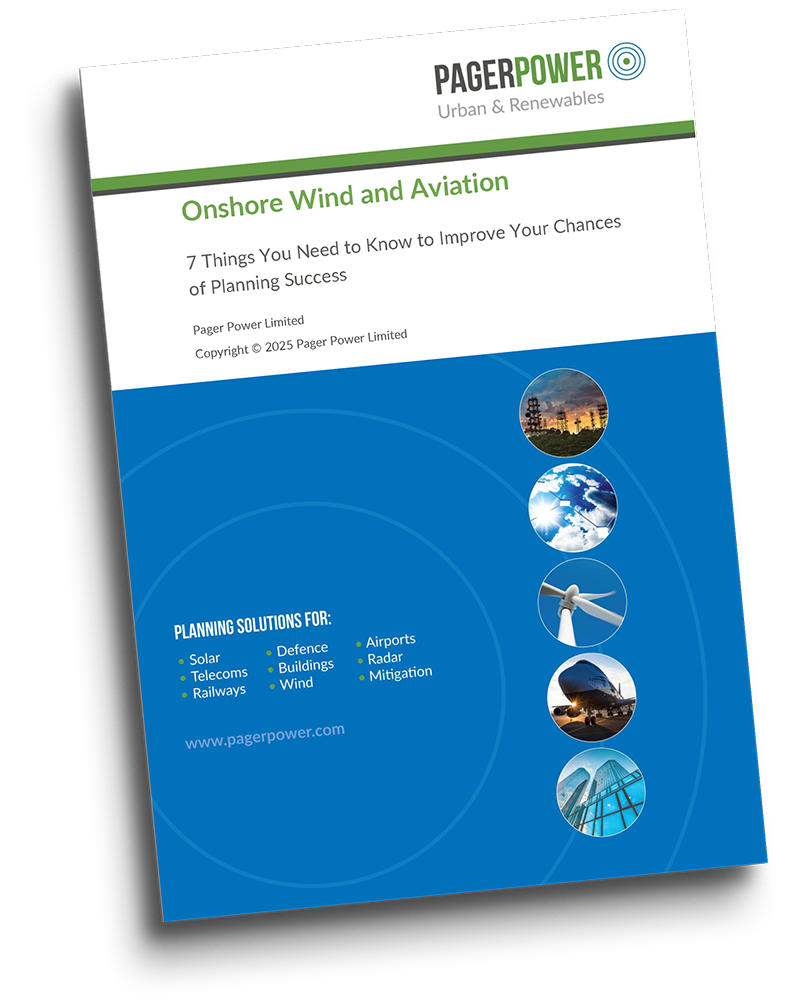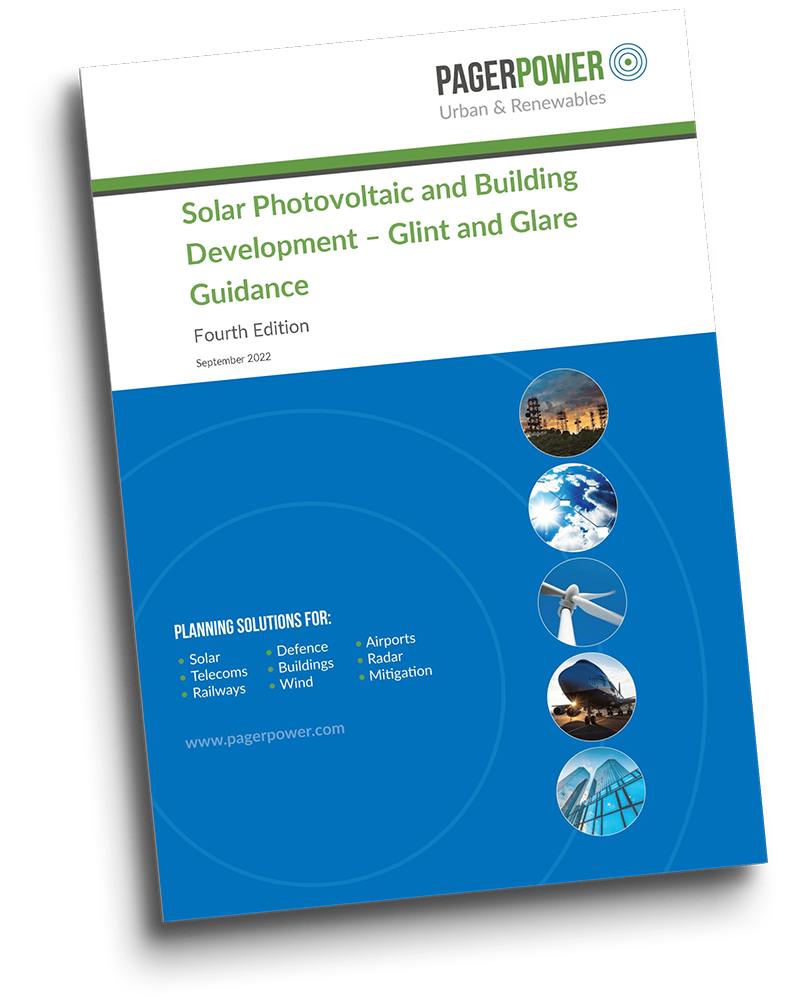Making Wind Turbines Go Full Circle – Innovative End-of-Life Uses
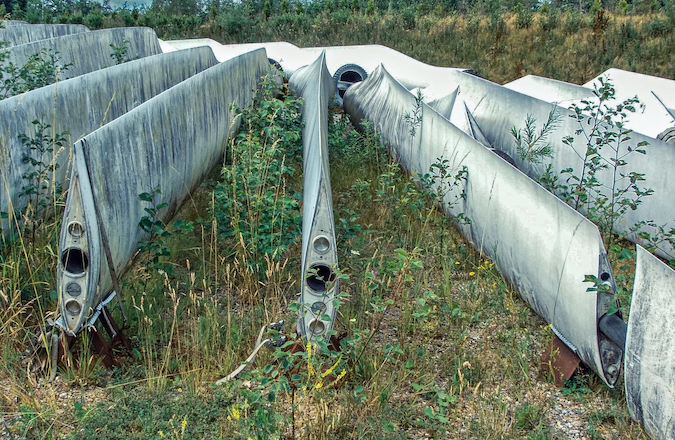
Ever thought about building accommodation from the hub of a turbine? Or turning an old blade into a play area for the next generation to enjoy? These are just two of the ways in which the future of wind turbine recycling is being explored, and with more and more existing wind developments facing re-powering as they approach end-of-life, the industry should be thinking about what we do with wind turbines that have served us for years, but now look to be retired forever.
This article, therefore, looks at a number of ways in which wind turbines are being repurposed so that they serve a use even after their electricity-generating days are over.
Wind Turbine Waste
Wind turbine blades have to be strong yet flexible and be built to withstand enormous forces and variable weather conditions for a long period of time. To achieve this, they are mostly made from non-recyclable materials like fibreglass, which reduces whole life cycle sustainability.
Figure 1: Old and abandoned wind turbine blades.
As it stands, most wind turbine blades are sent to landfills, such as that shown in the image above, and according to the National Renewable Energy Laboratory, wind blade waste could reach over 2.2 million tons by 2050 in the US alone. Luckily, wind turbine towers and nacelles are more readily recyclable due to most likely being made from metals, rather than non-recyclable composites.
Blade Benches and Playgrounds
Blade-Made is just one of a number of organisations that focus on repurposing rather than recycling wind turbine blades for other unique end-of-life uses. Their website can be found here.
Innovative uses for the recycled blades include playgrounds, urban furniture, signposting, shelters and artworks. In total, they have reused 32 wind turbine blades to date.
Figure 2 Blade–Made Willemsplein LGBTQI+
Taken from the Blade-Made website, the bench and artwork installation shown in the photograph above is located in Rotterdam, the Netherlands, and consists of nine repurposed turbine blades, making a unique seating area for people to enjoy.
A second project involved using turbine blades to develop a children’s playground on the coast of Terneuzen, the Netherlands. The playground consists of two turbine blades in the shape of a submarine, to echo the nautical theme of its location.
Figure 3: Wind turbine playground on the coast of Terneuzen.
Homes from Hubs
A novel idea for repurposing the nacelle of a wind turbine is to convert them into small self-contained accommodation, such as that shown in the photograph below, which was designed by Superuse using a Vestas turbine nacelle in collaboration with Vattenfall. Whilst it is likely that using a hub for home will never be seen as more than a proof of concept, it remains a novel way of repurposing the hub and could prove to be a unique accommodation experience for those looking for something a bit different. With the rise of glamping and people looking for bespoke travel experiences, the ‘hub-tel’ could be an exciting alternative to more standard accommodation.
Figure 4: Former wind turbine micro home (Tiny House). [1]
Final Thoughts
Turbine waste will become more of an issue as more wind developments reach their end of life, which will increase greatly over the next 10 to 20 years as the first major wave of onshore and offshore wind developments come to an end. It is understood that fully recyclable blades have now been developed and deployed, however this will only affect those turbines that are just now coming into use and will be in place for many years, and not those that have already or are currently serving their purpose. Therefore, whilst we can foresee a future where turbines are fully recyclable, repurposing turbines will have to become a cornerstone of the industry to ensure it can be truly sustainable in an era where many projects enter their end-of-life phase.
Interested in more turbine recycling news:
You can read the original source for this article here.
Speak to an Expert
Whilst we cannot help you recycle your wind turbine, we can help you deliver new wind projects across the UK and worldwide. Therefore, if you are interested in finding out more about our expertise in wind planning support and how we can help you understand the aviation and radar issues that your project faces, click here.
To make an enquiry, give us a call on +44 (0)1787 319001, email our team directly or send an email to info@pagerpower.com.
About Pager Power
Pager Power is a dedicated technical consultancy that has been providing independent guidance and advice regarding wind, solar and building developments in the UK and internationally since 2002.
Further details about the services we provide can be found here. Pager Power has completed over 1,600 glint and glare assessments, over 1,000 aviation/radar impact assessments, over 500 television and radio reception surveys, and over 500 telecommunications impact assessments.
Finally, a link to our testimonials page can be found here.
References
[1] Blade-Made transforms former wind turbine into tiny house, 12 May 2025
https://www.pagerpower.com/wp-content/uploads/2025/09/rcycling-wind-turbines.jpg



